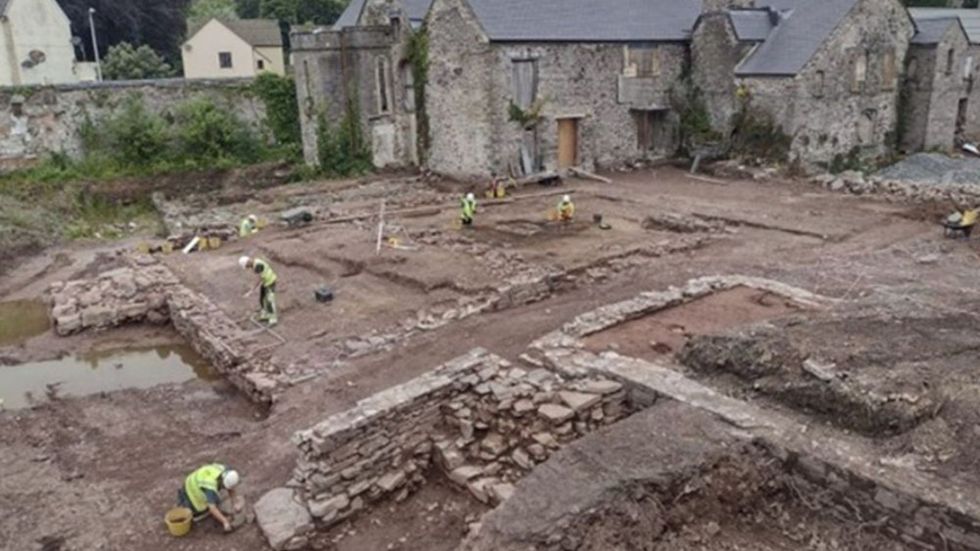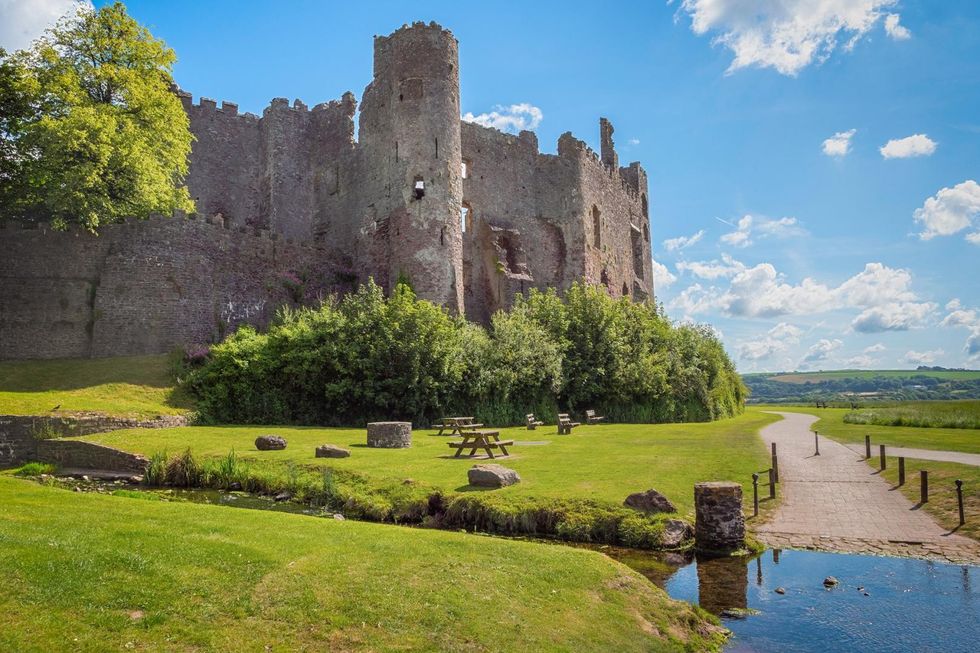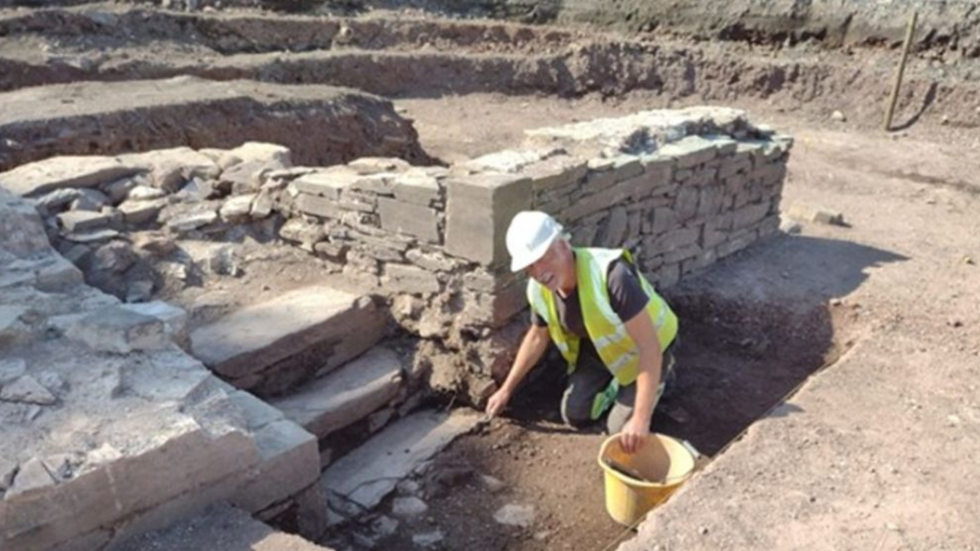Archaeologists shocked after discovering first-of-its-kind medieval treasure beneath British castle
Researches say the 'surprising' find could rewrite local history
Don't Miss
Most Read
Researchers in Wales have unearthed a first-of-its-kind treasure in the shadow of an iconic castle.
The find, a medieval quay, was discovered beneath Island House, a 16th century Grade II* listed home, in Laugharne, Carmarthenshire - and archaeologists believe it could rewrite the area's history.
Based on tree ring and radiocarbon dating, Island House, which sits beneath Laugharne Castle, has roof timbers dating back to 1437 AD.
It was bought in March 2020 in a bid to restore the building to its original condition - then convert it into a hotel, bar and restaurant.
That year, archaeologists found evidence of a water course which had been used as a medieval refuse channel by Laugharne Castle and the nearby town as far back as the 12th century.
Heneb, the Trust for Welsh Archaeology, has since discovered even more buildings next to a medieval quay.
The quay would have straddled a small tidal inlet just outside the medieval town walls, but it has long since silted up.
The area is now a car park, while the castle continues to dominate the town.

The 'exciting' project is being sponsored by Island House Restoration Ltd
|HENEB
Experts believe the first quay was built in the 12th or 13th century and the walls were continually adjusted as the quay silted up, until the 17th century when boats could no longer enter the quay.
The dig also uncovered stone buildings which stood on the quayside.
One such building was a large, high status, hall house which would have had a central fireplace.
Researchers think it was likely the home of a wealthy merchant who profited from coastal trade.
LATEST ARCHAEOLOGICAL DISCOVERIES:

The site was discovered in the shadow of Laugharne Castle (pictured)
|CADW
Ken Murphy, who is supervising the dig for Heneb, said: "Medieval quays have already been excavated in large UK ports, such as London and Bristol.
"To find one in Laugharne was quite a surprise.
"It makes us re-evaluate the importance of Laugharne within the trading network of the British Isles in the Middle Ages."
He added: "It also emphasises the importance of sea trade in the past."

PICTURED: An archaeologist works on the Island House dig site
|HENEB
Pottery uncovered during the excavation suggests extensive trade routes ran from Bristol, the French coast and as far south as Spain.
The project is being sponsored as part of the restoration of Island House by Philip Bond and Stephen Kirkwood of Island House Restoration - who called the discoveries "very exciting".
Kirkwood said: "We are trying to find out as much as possible about the history of Island House.
"It was in very poor condition when we bought it and was in danger of falling down.
"It is now safe, and the building work is progressing well. One of the things we are thinking about is how we can preserve and display the important archaeological discoveries for the enjoyment of future visitors."
The work at the site will continue to be undertaken by Heneb, and a series of open days are planned for the public to come and view the discovery.
Dr Carol Bell, Heneb's chairwoman, said: "The discoveries add significantly not only to our understanding of medieval Wales but also about Laugharne's place in extensive trading networks to other parts of Britain and beyond."











